Articles, USB Isolators
Choosing the right USB Isolator
Summary of USB isolator specifications:
| Model | Price | USB Speed | USB Isolation |
| Hifime Full speed ISO2 | $29 | Full,low | 3kV USB Isolation |
| Hifime Full speed, high current ISO2 | $35 | Full,low | 3kV USB Isolation |
| Hifime Hi-speed Isolator v2 ISO3 (NEW) | $59 | Hi,Full,low | 3kV USB Isolation |
| Intona 7054-DK | $229 | Hi,Full,low | 1kV USB Isolation + 15kV ESD |
| Intona 7055-B | $349 | Hi,Full,low | 5kV USB Isolation + 20kV ESD |
| Intona 7055-C | $359 | Super, Hi, Full, low | 1kV USB Isolation + 20kV ESD |
| Intona 7055-D | $499 | Super, Hi, Full, low | 5kV USB Isolation + 20kV ESD |
Which USB Isolator do I need?
There are several different types of USB isolators. We’ll help you determine which one you need. The simple thing to do is to identify what you need it for.
I need the isolator to:
In these cases it’s mainly a matter of confirming which isolator is compatible with your USB device and then pick the cheapest one.
There are 2 factors that determines compatibility:
USB Speed mode and Power requirement
About USB Speed modes:
USB Speed mode is not the same as USB 2.0, 3.0 etc. It refers to the transfer rate that is used. USB 3.0 3.1 ports supports USB low speed, full speed, hi-speed and SuperSpeed, and also devices made for USB 2.0, 1.1.
- Low speed 1.5Mbps – used by USB mouse/keyboards and also many USB MIDI devices.
- Full Speed 12Mbps – used by most 2 channel sound cards that supports no higher than 96kHz/24bit sample rates. If the sound card supports 192kHz then it most likely will not work on Full Speed mode even if you select a lower sample rate.
- Hi-Speed mode 480Mbps – Used by a lot of newer sound cards, multi channels (4,8,16 in/out etc) and also stereo devices that supports 192/384kHz 32bit and DSD. This is the most common speed mode for newer devices.
- SuperSpeed 5/10Gbps – Not many sound cards require these speeds, but it can be useful with a SuperSpeed isolator if you have several devices that you connect through a USB hub.
Then you have Thunderbolt 3 that uses the same connector as USB C. It’s not equal to USB but all USB devices can be connected to a Thunderbolt 3 port. There are some DACs made specifically for Thunderbolt 3. These will not work with a USB isolator.
Power requirement
The isolators require some power for their own internal electronics and it varies how much is left to be supplies to the connected device.
Unfortunately most USB sound cards and devices doesn’t specify how much power they require, and this also varies depending on usage (output volume, sample rates etc). If the device has phantom power for mics then it will require more power.
So which one to pick? (Updated 2024)
- Hifime Hi-speed isolator v2 $59 – We recommend our newest v2 hi-speed isolator as it works with most device, and it’s considerably cheaper than other hi-speed alternatives. It supports hi, full and low speeds mode and delivers up to 500mA power to the connected device
- Hifime Full Speed Isolator $29 – Full speed or Low speed mode and not power hungry devices.
- Hifime High Speed Isolator v1
$99$59 – Hi-, full- and low speed modes and moderate power hungry devices - Intona 7054 High Speed Isolator $229 – Hi-, full- and low speed modes and moderate power hungry devices. Works with some devices that the Hifime high speed isolator doesn’t support.
- Intona 7055-C SuperSpeed isolator $359 – Supports SuperSpeed, hi-speed, full speed and low speed. If you device requires a lot of power then this model is ideal as it has an optional aux power input (microUSB) so you can connect extra power to the connected device. It’s also ideal when using a USB hub to connect several Hi-Speed devices.
The isolation voltage (1kV, 5kV etc) is normally not important or of any concern regarding USB audio ground loops.
Some DACs are quieter than others and some USB ports are noisier than others. By using a USB isolator you can reduce the noise in the 5V DC from the connected computer.
You should go for the isolator with the lowest noise/ripple on the DC voltage. The lowest noise isolator is the Intona 7055-C with a noise of < 1 µV RMS @ 22 kHz BW.
You should identify what transfer speed you need and what isolation voltage you require. Below is a summary of the specs of the isolators.
Here are the available isolators:
USB Isolators
USB Isolators
USB Isolators
USB Isolators
USB Isolators
USB Isolators

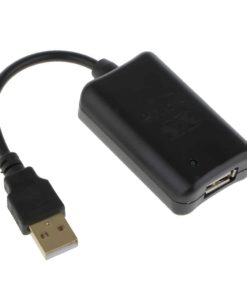
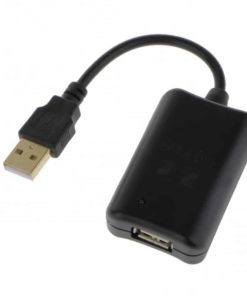
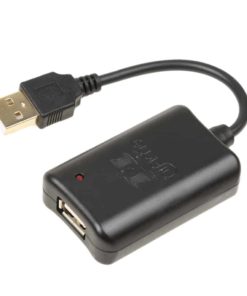

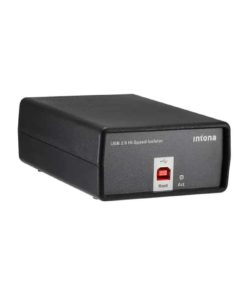
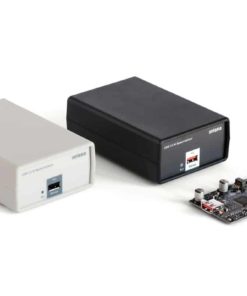
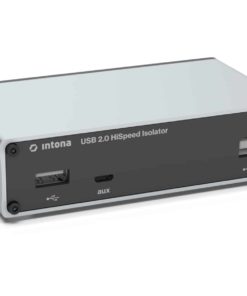
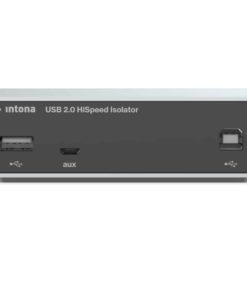


Hi,
I’ve finally traced the 50 cycle hum fault to something between my RME Babyface and the computer. At least that’s what in looks like now.
I’ve been told that a USB galvanic isolator will ‘probably’ fix it. If I use any galvanic isolator I’ve run across I will also have to use an external power supply as an isolator will sever the power stream.
It seems that yours conditions (?) the power feed, so I wouldn’t have to use an external power supply.
Do I understand that correctly?
I have the DAC’s recommended power supply, it would just be less convenient and I don’t actually know if any of this will works.
Any experience with RME interfaces?
What are the return shipping charges? (from Leicester UK)
Thanks.,
Rick
,,,,,,,,,,,,,,,,,,,,,,,,,,,,,,,,,,,,,,,,,,,,,,,,,,,,,,,,,,,,,,,,,,,,,,,,,,,,,,,,,,,,,,,,,,,,,,,,,,,,,,,,,,,,,,,,,,,,,,,,,,,,,,,,,,,,,,,,,,,,,,,,,,,,,,,,,,,,,,,,,,,,,,,,,,,,,,,,,,,,,,,,,,,,,,,,,,,,,,,,,,,,,,,,,,,,,,,,,,,,,,,,,,,,,,,,,,,,,,,,,,,,,,,,,,,,,,,,,,,,,,,,,,,,,,,,,,,,,,,,,,,,,,,,,,,,,,,,,,,,,,,,,,,,,,,,,,,,,,,,,,,,,,,,,,,,,,,,,,,,,,,,,,,,,,,,,,,,,,,,,,,,,,,,,,,,,,,,,,,,,,,,,,,,,,,,,,,,,,,,,,,,,,,,,,,,,,,,,,,,,,,,,,,,,,,,,,,,,,,,,,,,,,,,,,,,,,,,,,,,,,,,,,,,,,,,,,,,,,,,,,,,,,,,,,,,,,,,,,,,,,,,,,,,,,,,,,,,,,,,,,,,,,,,,,,,,,,,,,,,,,,,,,,,,,,,,,,,,,,,,,,,,,,,,,,,,,,
You might still have to use an external power supply, this depends on the cards requirements. Is is the RME Babyface FS or Pro?
You can contact us directly by email so we can help determine requirements for your specific situation. https://hifimediy.com/contact/
You can return it to our warehouse in Northern Ireland, just pay the Royal Mail shipping back to us.